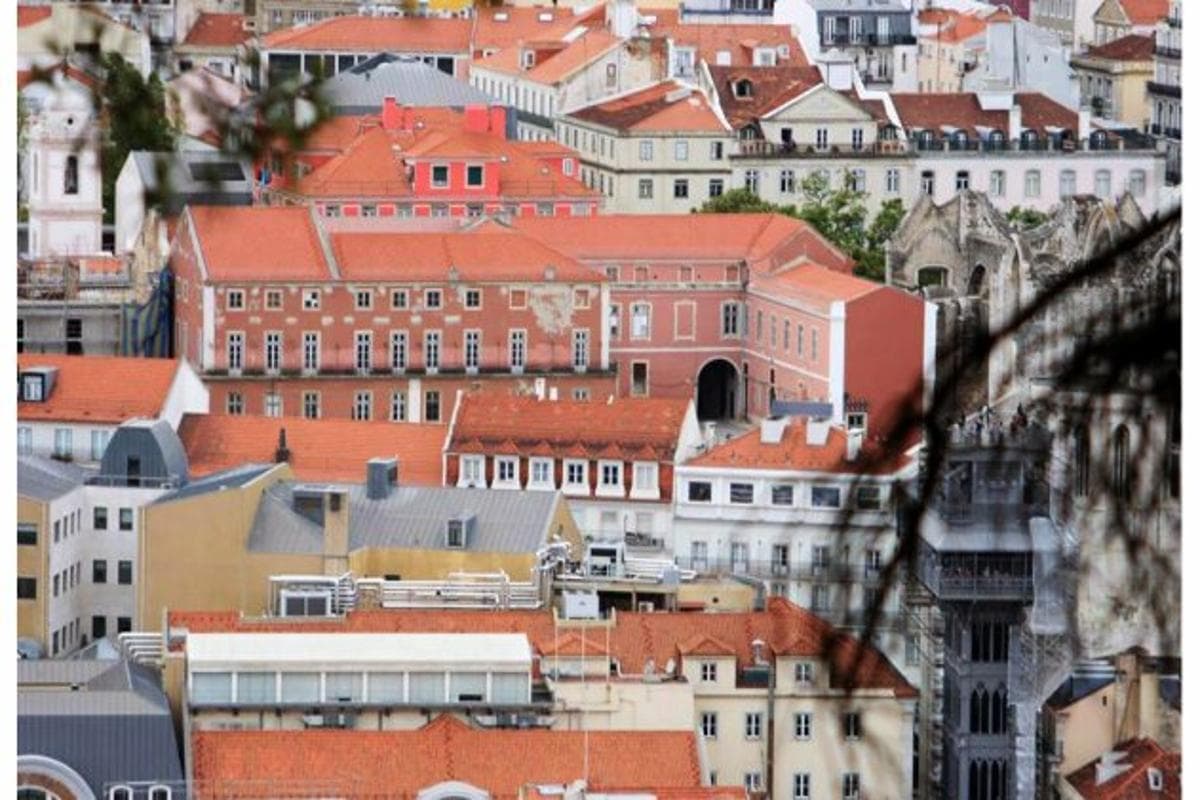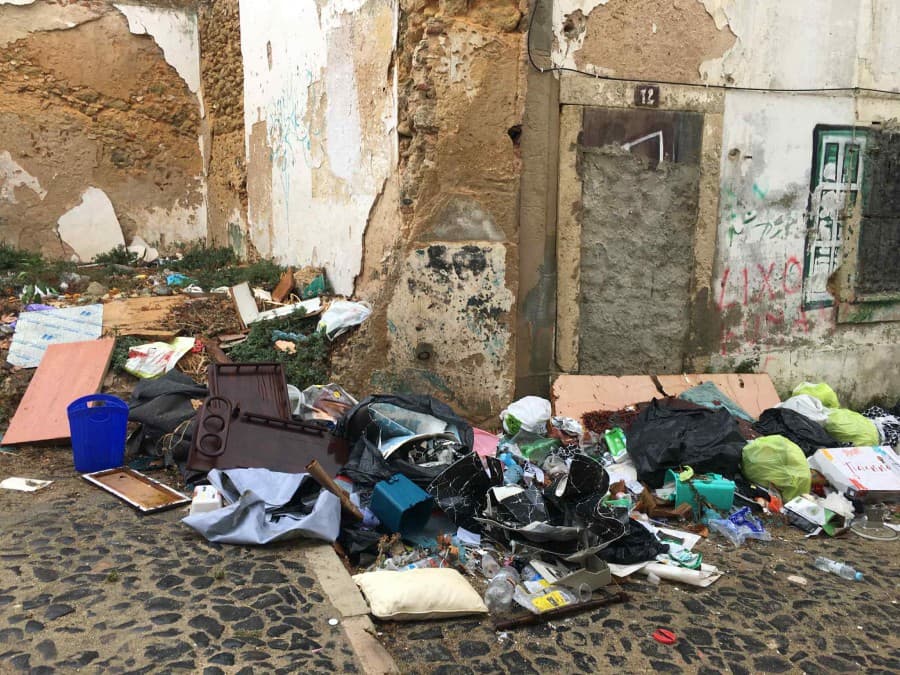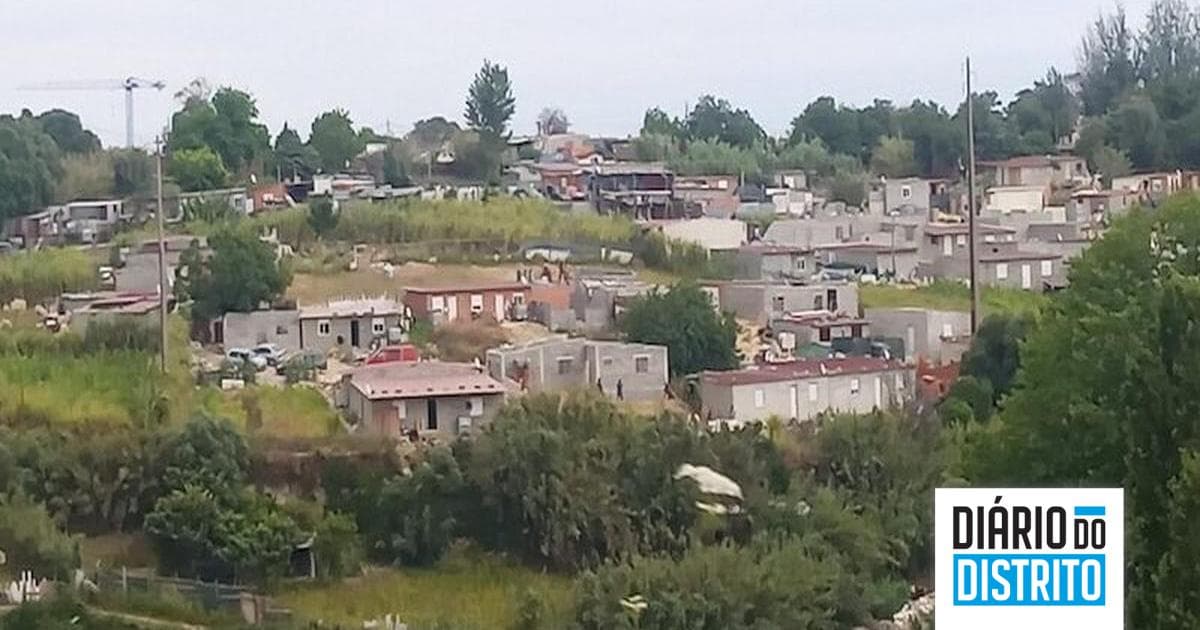Urban Decay in Barreiro Center Raises Questions About Future Development
A palpable sense of desertification has taken hold of the historic center of Barreiro, a municipality across the Tagus River from Lisbon, sparking concern among residents and local observers. The once-bustling commercial heart of the city, characterized by full cafes and active storefronts, is now marked by a visible decline. Many traditional establishments have permanently closed, replaced by a proliferation of discount stores or simply left vacant, contributing to a quieter and less vibrant streetscape. This visible decay has led to a growing perception of insecurity, causing many locals to avoid the area, especially during evening hours. The shift represents a significant departure from the area's past, where it served as a primary hub for community interaction and local commerce, a place where neighbors and families would regularly convene.
The current state of Barreiro's central district is described by observers as not merely a physical decline but an emotional one. The erosion of the area's social fabric is a key concern, as the feeling of a shared community space gives way to emptiness and apprehension. According to an opinion piece by local writer Isabel Mateus Braga, the fear of crime, whether real or perceived, compounded by what is seen as insufficient police presence, has fundamentally altered public behavior. The lively atmosphere that once defined the center has been replaced by an uncomfortable silence, fundamentally changing the character of the neighborhood. This transformation highlights the challenges faced by many historic European town centers struggling to adapt to modern economic and social pressures.
Despite the overarching narrative of decline, moments of vibrancy periodically return to the city center, primarily driven by organized events. The annual Barreiro Festivals, for instance, succeed in drawing large crowds, forcing a temporary flow of people through the otherwise quiet streets. Similarly, small market stalls set up in local parks like Catarina Eufémia provide sporadic animation, proving that the public's desire for communal spaces has not entirely vanished. These events, however, underscore the contrast with the daily reality of the area, serving as temporary fixes rather than a sustainable solution to the deeper issues of urban decay. The reliance on such periodic events to breathe life into the center points to a need for a more permanent and structural revitalization strategy.
Need Expert Guidance?
Get personalized insights from verified real estate professionals, lawyers, architects, and more.
The situation in Barreiro is reflective of broader trends affecting urban centers that are grappling with the decentralization of retail and social life. The narrative of decline is a familiar one, yet it is often in such environments that opportunities for significant urban renewal projects emerge. For now, the discussion remains focused on the visible symptoms of desertification—the closed shops, the quiet streets, and the loss of a communal atmosphere. There is, however, a resilient belief among some that the area holds potential for a significant comeback. The conversation is slowly shifting towards what it would take to foster a new urban life, one that prioritizes security, cultural activities, and a renewed sense of community to attract residents and visitors back to the heart of the city.
This process of decay and potential rebirth is being closely watched by urban planners and residents alike. The core question is whether Barreiro's center can transition from its current state to a revitalized hub that meets contemporary needs without losing its historical identity. The potential for a return to a thriving urban center exists, but it hinges on concerted efforts to address the root causes of its decline. The empty streets and vacant buildings stand as a canvas, awaiting a new vision for a future where safety, culture, and community are the cornerstones of a renewed urban experience. The path forward remains uncertain, but the dialogue about revitalization has begun, fueled by a hope that the heart of Barreiro can beat strongly once again.
Discover emerging areas and local opportunities at realestate-lisbon.com.





